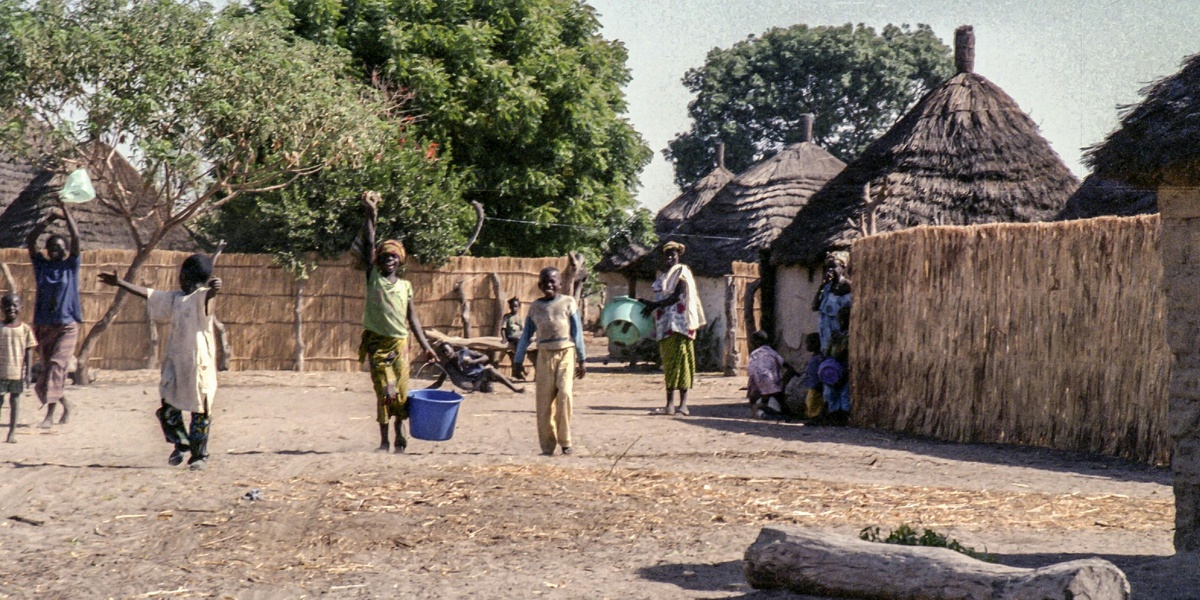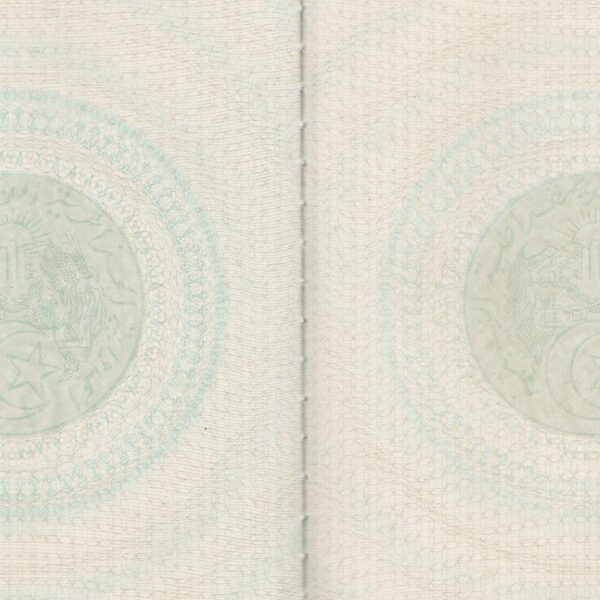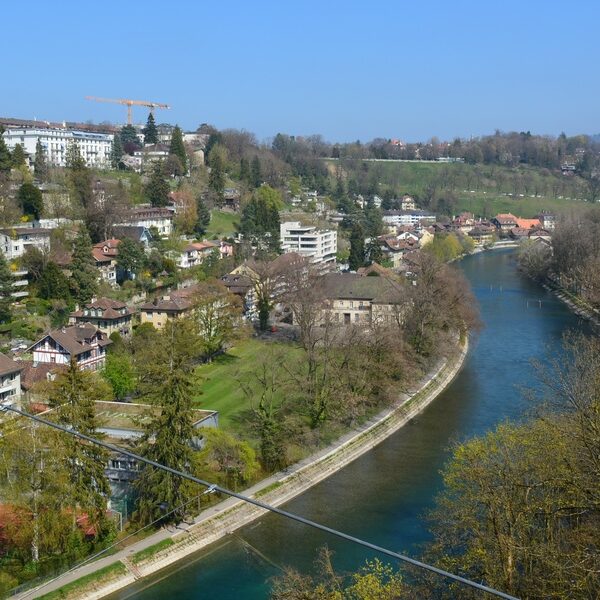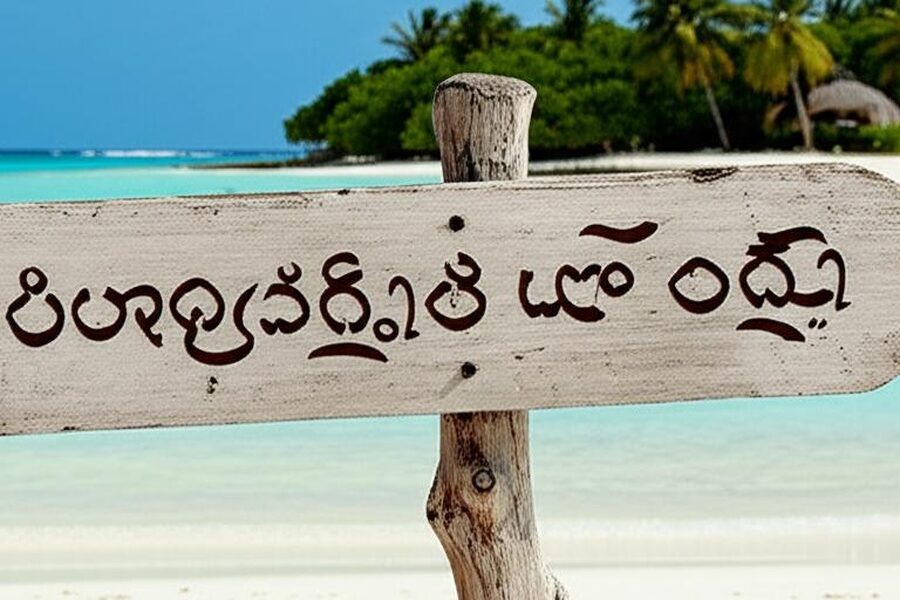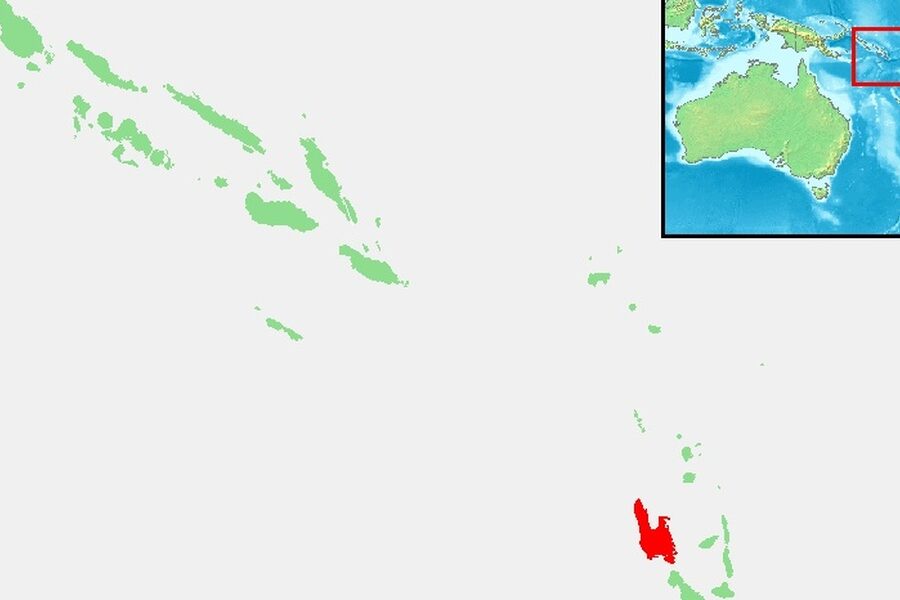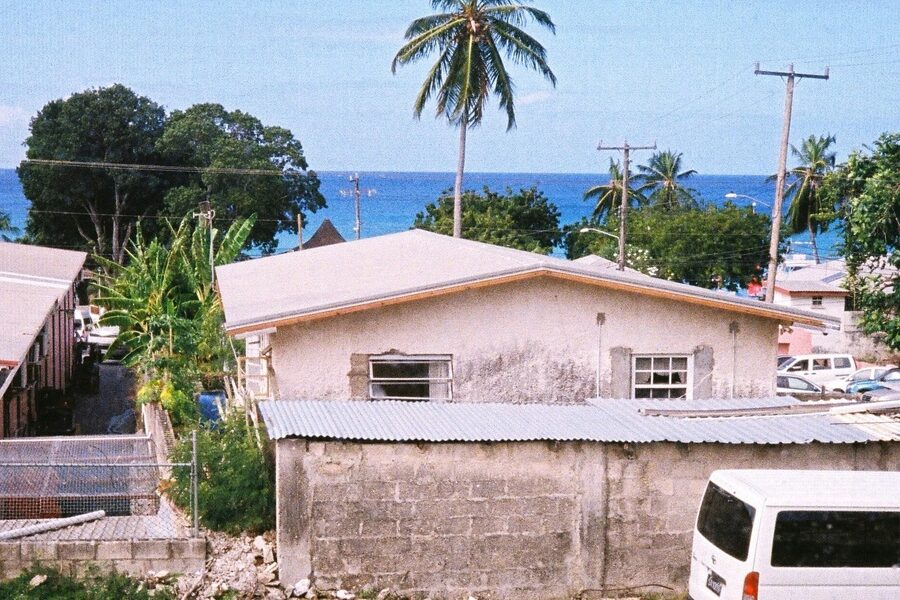Zambia’s towns, markets and radio waves reflect a patchwork of speech that shapes everyday life and local identity. From classroom signage to family conversations, knowing which languages are spoken where helps make sense of regional culture, media and community services.
There are 38 Indigenous Languages in Zambia, ranging from Aushi to Yauma; the list is organized with Family,Regions,Speakers (est., year) / ISO / Status so you’ll find below.
How reliable are the speaker counts and status labels?
Estimates come from censuses, linguistic surveys and published databases, which can vary in date and method; treat speaker numbers as approximations and check the cited year next to each figure to gauge recency and reliability.
How can this list help with language planning or research?
Use the Family,Regions,Speakers (est., year) / ISO / Status columns to identify related languages, regional concentrations, and which entries lack recent data—helpful for targeting documentation, education materials, or further field research.
Indigenous Languages in Zambia
| Name | Family | Regions | Speakers (est., year) / ISO / Status |
|---|---|---|---|
| Aushi | Bantu (Bena-Congo) | Luapula, Copperbelt | 146,000 (2010) / auh / Vigorous |
| Bemba | Bantu (Bena-Congo) | Northern, Luapula, Muchinga, Copperbelt | 4,000,000 (2010) / bem / Vigorous |
| Bisa | Bantu (Bena-Congo) | Muchinga, Northern, Luapula | 277,000 (2010) / bis / Vigorous |
| Chokwe | Bantu (Chokwe-Luchazi) | North-Western | 121,000 (2010) / cjk / Vigorous |
| Fwe | Bantu (Luyana) | Western | 15,000 (2006) / fwe / Threatened |
| Ila | Bantu (Tonga group) | Southern, Central | 106,000 (2010) / ilb / Vigorous |
| Iwa | Bantu (Bemba corridor) | Muchinga | 45,000 (2010) / iwa / Vigorous |
| Kaonde | Bantu (Luba group) | North-Western, Central, Copperbelt | 353,000 (2010) / kqn / Vigorous |
| Kunda | Bantu (Nyanja group) | Eastern | 41,000 (2010) / kdn / Vigorous |
| Kxoe | Khoe-Kwadi (Tshua-Khoe) | Western | 1,100 (2013) / xuu / Threatened |
| Lala | Bantu (Bena-Congo) | Central, Copperbelt | 215,000 (2010) / leb / Vigorous |
| Lamba | Bantu (Bena-Congo) | Copperbelt, Central | 280,000 (2010) / lab / Vigorous |
| Lenje | Bantu (Tonga group) | Central, Lusaka | 258,000 (2010) / leh / Vigorous |
| Lozi | Bantu (Sotho-Tswana) | Western | 722,600 (2010) / loz / Vigorous |
| Lunda | Bantu (Lunda-Ruund) | North-Western, Luapula | 434,000 (2010) / lun / Vigorous |
| Lungu | Bantu (Fipa-Mambwe) | Northern | 210,000 (2000) / mpi / Vigorous |
| Luvale | Bantu (Chokwe-Luchazi) | North-Western, Western | 463,000 (2010) / lue / Vigorous |
| Mambwe | Bantu (Fipa-Mambwe) | Northern, Muchinga | 262,000 (2010) / mgr / Vigorous |
| Mashi | Bantu (Luyana) | Western | 2,700 (2006) / mho / Threatened |
| Mbukushu | Bantu (Luyana) | Western | 11,000 (2010) / mhw / Vigorous |
| Mbunda | Bantu (Chokwe-Luchazi) | Western, North-Western | 240,000 (2010) / mck / Vigorous |
| Mukulu | Bantu (Tonga group) | Southern | 12,000 (2010) / mkz / Threatened |
| Namwanga | Bantu (Bemba corridor) | Muchinga | 196,000 (2010) / nwn / Vigorous |
| Nkoya | Bantu (Luba-Lulua) | Western, Southern, Central | 89,000 (2010) / nka / Vigorous |
| Nsenga | Bantu (Nyanja group) | Eastern, Central, Lusaka | 751,000 (2010) / nse / Vigorous |
| Nyanja | Bantu (Nyanja group) | Eastern, Lusaka, Central | 1,000,000 (2010) / nya / Vigorous |
| Nyika | Bantu (Bemba corridor) | Muchinga | 10,000 (2010) / nyy / Threatened |
| Sala | Bantu (Tonga group) | Central, Lusaka | 20,400 (2010) / shq / Threatened |
| Shila | Bantu (Bena-Congo) | Luapula | 7,600 (2010) / shl / Endangered |
| Simaa | Bantu (Luyana) | Western | 11,000 (2010) / sie / Threatened |
| Soli | Bantu (Tonga group) | Lusaka, Central | 85,000 (2010) / sby / Vigorous |
| Subiya | Bantu (Botatwe) | Southern, Western | 13,000 (2010) / sbs / Threatened |
| Tabwa | Bantu (Bena-Congo) | Northern | 95,000 (2010) / tap / Vigorous |
| Tonga | Bantu (Tonga group) | Southern, Central, Lusaka | 1,500,000 (2010) / toi / Vigorous |
| Totela | Bantu (Luyana) | Western, Southern | 19,000 (2010) / ttl / Threatened |
| Tumbuka | Bantu (Tumbuka-Senga) | Eastern, Muchinga | 500,000 (2010) / tuh / Vigorous |
| Unga | Bantu (Bena-Congo) | Luapula | 56,000 (2010) / uga / Vigorous |
| Yauma | Bantu (Chokwe-Luchazi) | Western | 5,100 (2010) / yax / Endangered |
Images and Descriptions
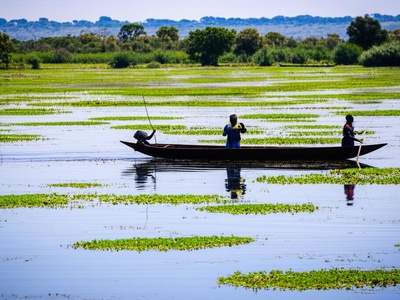
Aushi
Spoken by the Aushi people around the swamps of Lake Bangweulu. It’s closely related to Bemba but maintains a distinct identity, with unique vocabulary related to its riverine and fishing culture.

Bemba
One of Zambia’s most widely spoken languages and an official lingua franca. It is dominant in the northern regions and the Copperbelt, known for its complex tonal system and rich oral traditions.
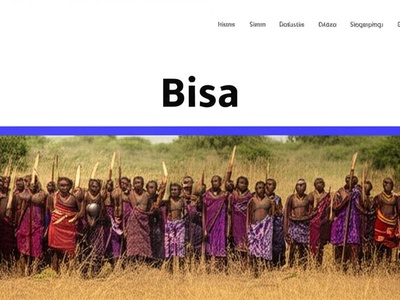
Bisa
Found in the Luangwa Valley and Bangweulu Swamps. Bisa is closely related to Bemba and Lala, sharing many features, but its speakers have a strong cultural identity tied to their specific region and history.
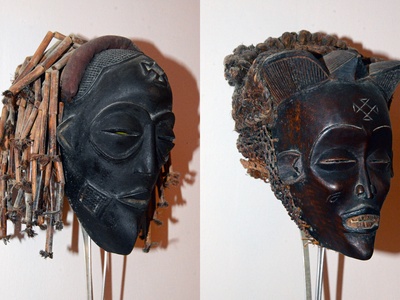
Chokwe
Spoken in the North-Western province, bordering Angola and DRC where it is also widely spoken. The Chokwe are renowned for their art and masks, and their language is integral to these cultural practices.

Fwe
A smaller language spoken in the Eastern Caprivi Strip, extending into Zambia’s Western Province. It is closely related to Subiya and Totela and faces pressure from the dominant Lozi language.

Ila
Spoken by the Ila people on the Kafue Flats. Famous for their cattle culture, the Ila language has an extensive vocabulary related to cattle and is known for its distinctive “Ila clicks,” which are not true clicks.

Iwa
Spoken in the Isoka district of Muchinga Province, near the borders of Tanzania and Malawi. It is linguistically situated between Bemba and Namwanga, sharing features with both neighboring languages.
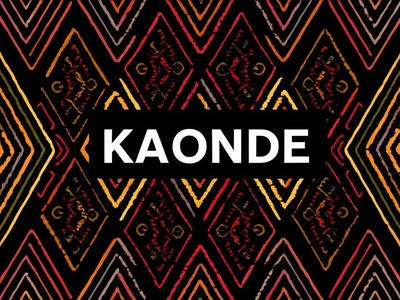
Kaonde
An official Zambian language spoken by the Kaonde people. It is a key language in North-Western and parts of Central Province and is known for its rich collection of proverbs and folklore.

Kunda
The language of the Kunda people in the Luangwa Valley, particularly near South Luangwa National Park. It is closely related to Nsenga and Nyanja but is considered a distinct linguistic variety.

Kxoe
One of the few non-Bantu indigenous languages in Zambia, spoken by a small community in Western Province. This Khoisan language features click consonants, a rare trait among Zambian languages.

Lala
Spoken in Central Province, closely related to Bemba and Bisa. The Lala people have a rich history, and their language serves as a key marker of identity in a region with much linguistic diversity.
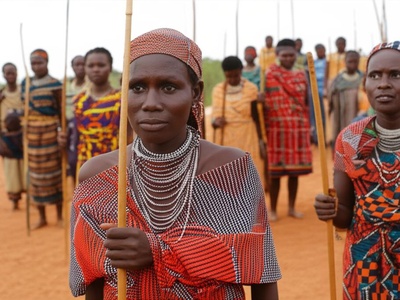
Lamba
The indigenous language of the Copperbelt Province, spoken by the Lamba people. While Bemba is the lingua franca, Lamba remains strong in rural areas and embodies the region’s pre-colonial heritage.
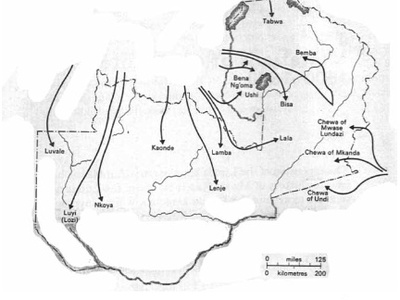
Lenje
Spoken by the Lenje people in Central Province. It is part of the Botatwe group of languages, along with Tonga and Ila, sharing a high degree of mutual intelligibility with them.
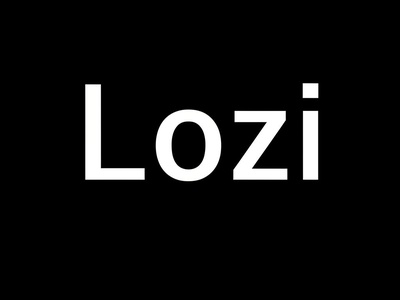
Lozi
The official language of Western Province (Barotseland). Lozi is unique as it originated from Kololo, a Sotho language from the south, which was imposed on the local Luyana-speaking population.

Lunda
An official language reflecting the legacy of the historic Lunda Empire. It is spoken by the Lunda people in North-Western Zambia, as well as in neighboring Angola and DRC.
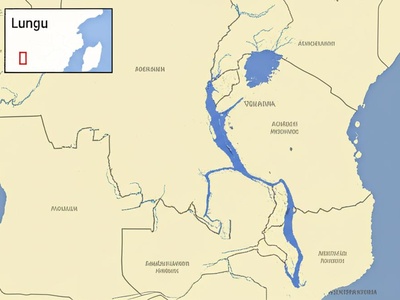
Lungu
Spoken along the southern shores of Lake Tanganyika. Lungu is so closely related to Mambwe that they are sometimes considered one language, but speakers maintain distinct identities.
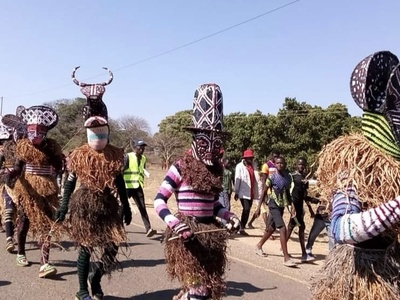
Luvale
An official Zambian language dominant in the Zambezi district of North-Western Province. It is known for its link to the Makishi masquerade, a UNESCO-recognized cultural heritage.
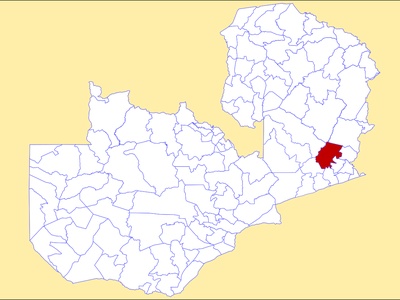
Mambwe
Spoken in the Mbala and Senga Hill districts, near the Tanzanian border. It forms a dialect continuum with Lungu and is a key language for trade and culture in Zambia’s far north.
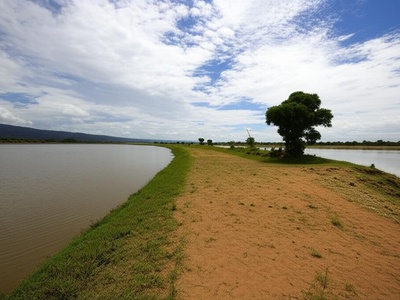
Mashi
A small language spoken in the floodplains of Western Province, part of the Luyana group. It is under heavy influence from Lozi, the regional lingua franca, and its speaker base is declining.
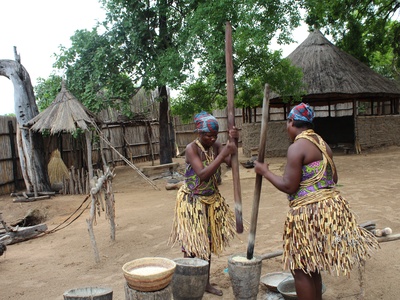
Mbukushu
Spoken along the Kavango River in Zambia’s Western Province, as well as in Angola, Botswana, and Namibia. The language is known for its intricate noun class system and oral histories.

Mbunda
Spoken by the Mbunda people, who migrated from Angola in the 18th century. Their language is now firmly established in Western and North-Western provinces and is rich in royal history and tradition.
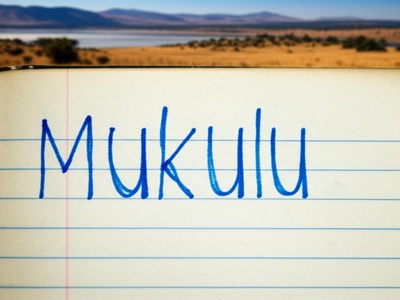
Mukulu
A small language of the Tonga-Ila group spoken near the Itezhi-Tezhi dam. It is under pressure from the larger Tonga language and is considered a threatened linguistic variety.
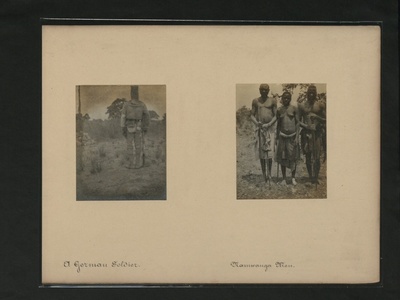
Namwanga
Spoken in Nakonde and Isoka districts, straddling the Zambia-Tanzania border. It is a key language of the ‘Bemba corridor’ and is known for its distinct prosody compared to neighboring languages.
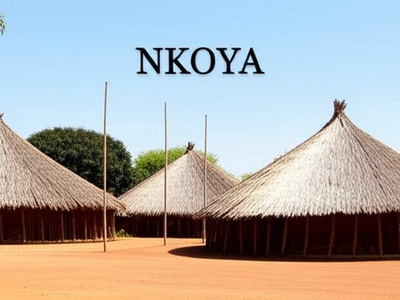
Nkoya
Spoken by the Nkoya people in the Kaoma district of Western Province. It is a distinct language with a rich royal history connected to the first peoples of the region before the Lozi migration.
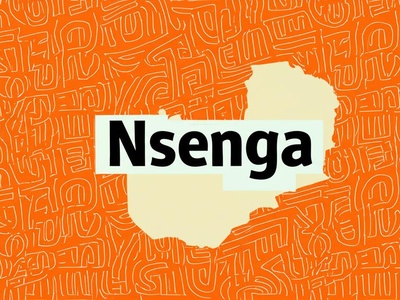
Nsenga
A major language of Eastern Province, especially around Petauke. While related to Nyanja, it is mutually intelligible only to a limited extent and has a strong, independent cultural identity.
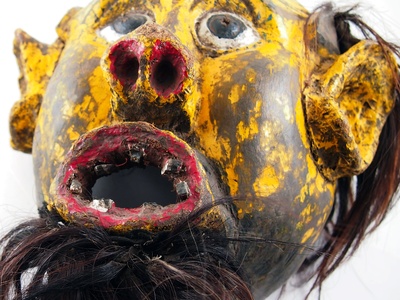
Nyanja
Also known as Chewa, this official language is the main lingua franca of Lusaka and Eastern Province. It originated in Malawi and spread as a language of trade and administration.
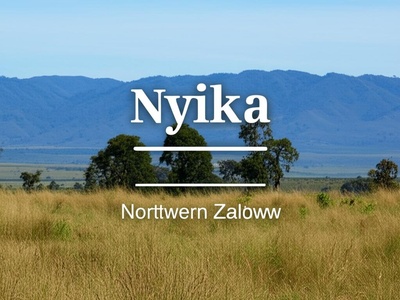
Nyika
Spoken by a small community in the highlands of northeastern Zambia, near Malawi. The Zambian variety is under pressure from Tumbuka and Bemba, making its long-term survival uncertain.
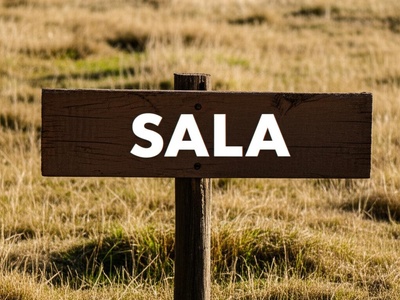
Sala
A smaller language of the Tonga-Ila group, spoken west of Lusaka. Its speakers are increasingly shifting to the larger and more dominant Tonga and Lenje languages in the area.

Shila
Spoken by fishing communities along the Luapula River and Lake Mweru. It is closely related to Aushi and Bemba but is highly endangered due to the dominance of Bemba in the region.
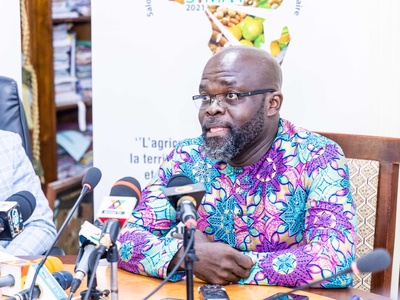
Simaa
Another of the original Luyana languages spoken in Barotseland before the Kololo invasion. It survives in scattered communities but is heavily influenced and threatened by the dominant Lozi language.
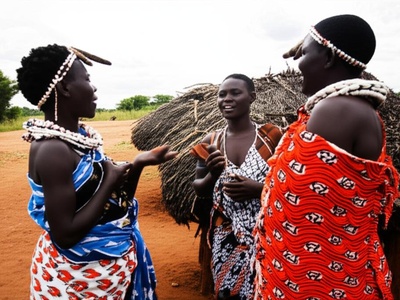
Soli
The language of the Soli people, the indigenous inhabitants of the Lusaka area. Despite the urban dominance of Nyanja and English, Soli remains strong in rural communities surrounding the capital.

Subiya
Spoken in the far south where Zambia meets Namibia and Botswana, near the confluence of the Chobe and Zambezi rivers. It is related to Tonga and under pressure from Lozi in Zambia.

Tabwa
Spoken in the Nchelenge and Kaputa districts along Lake Mweru and Lake Tanganyika. The language extends into the DRC and is closely related to Bemba but maintains its own distinct features.

Tonga
A major official language dominant in Southern Province. Unusually for a Bantu language in the region, Tonga is largely non-tonal, meaning pitch does not distinguish word meaning.

Totela
A language spoken by communities along the Zambezi River in Southern and Western provinces. It is related to Subiya and Fwe and is being replaced by the more dominant Lozi and Tonga.
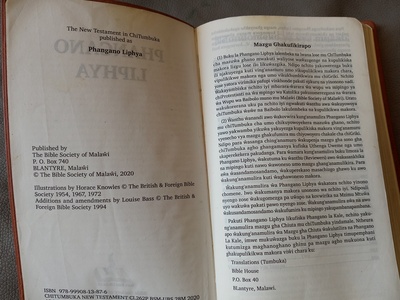
Tumbuka
Spoken mainly in the Lundazi district of Eastern Province, bordering Malawi where it is a major language. The Zambian variety is distinct and serves as a key cultural language for the Tumbuka people.
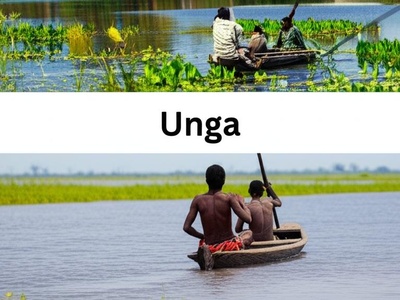
Unga
The language of the Unga people, who live in the Bangweulu Swamps. Their language is adapted to their unique wetland environment and is closely related to Bemba, but with a distinct identity.

Yauma
A small and endangered language spoken in the very far west of Zambia, near the Angolan border. The community is small and is under heavy pressure from the larger Luvale and Mbunda languages.

